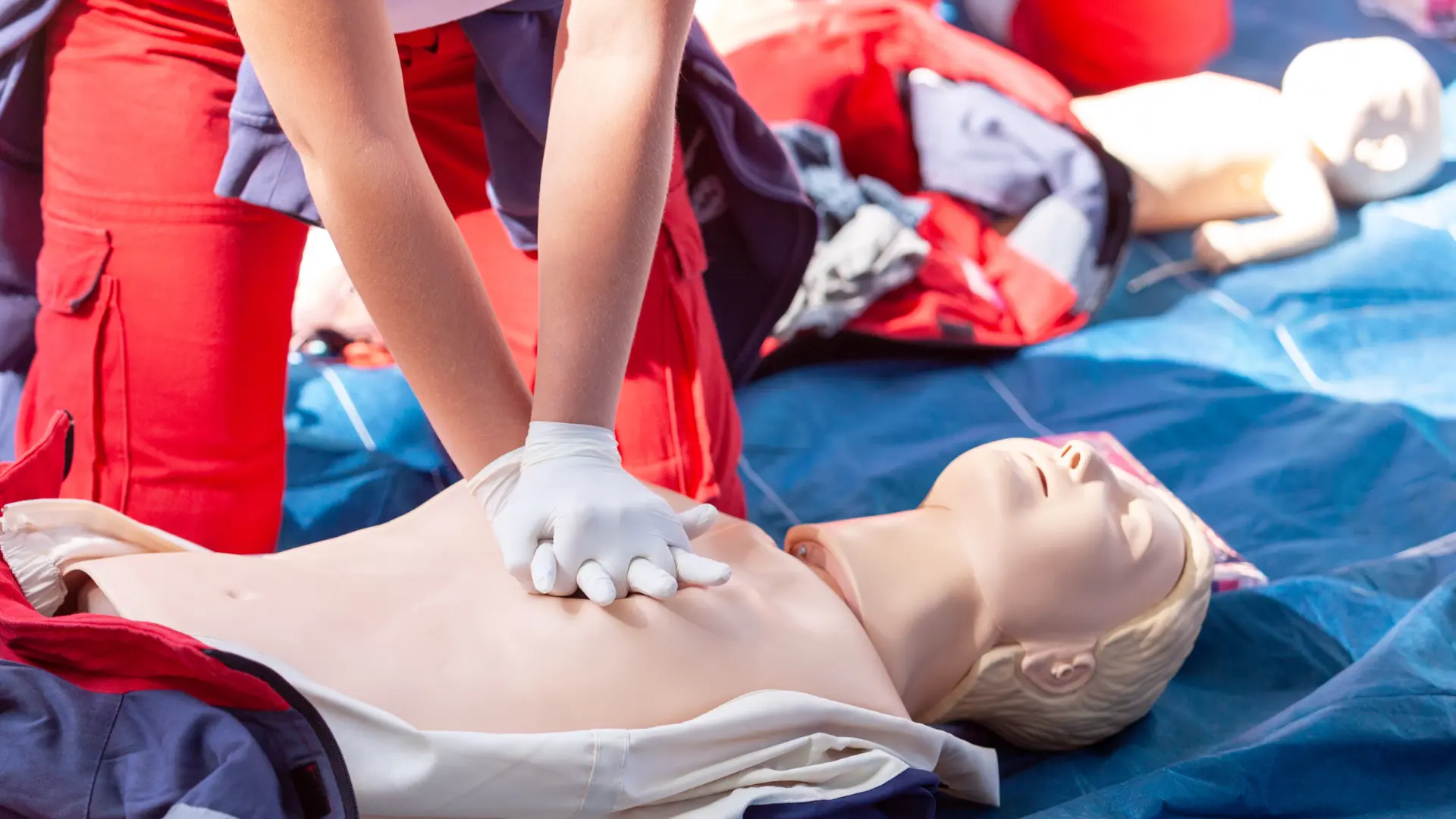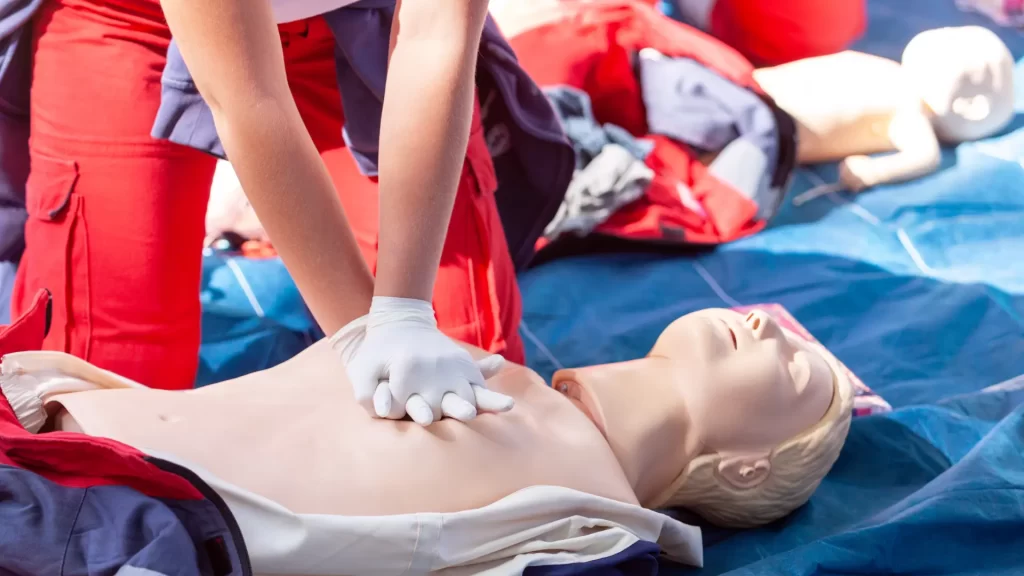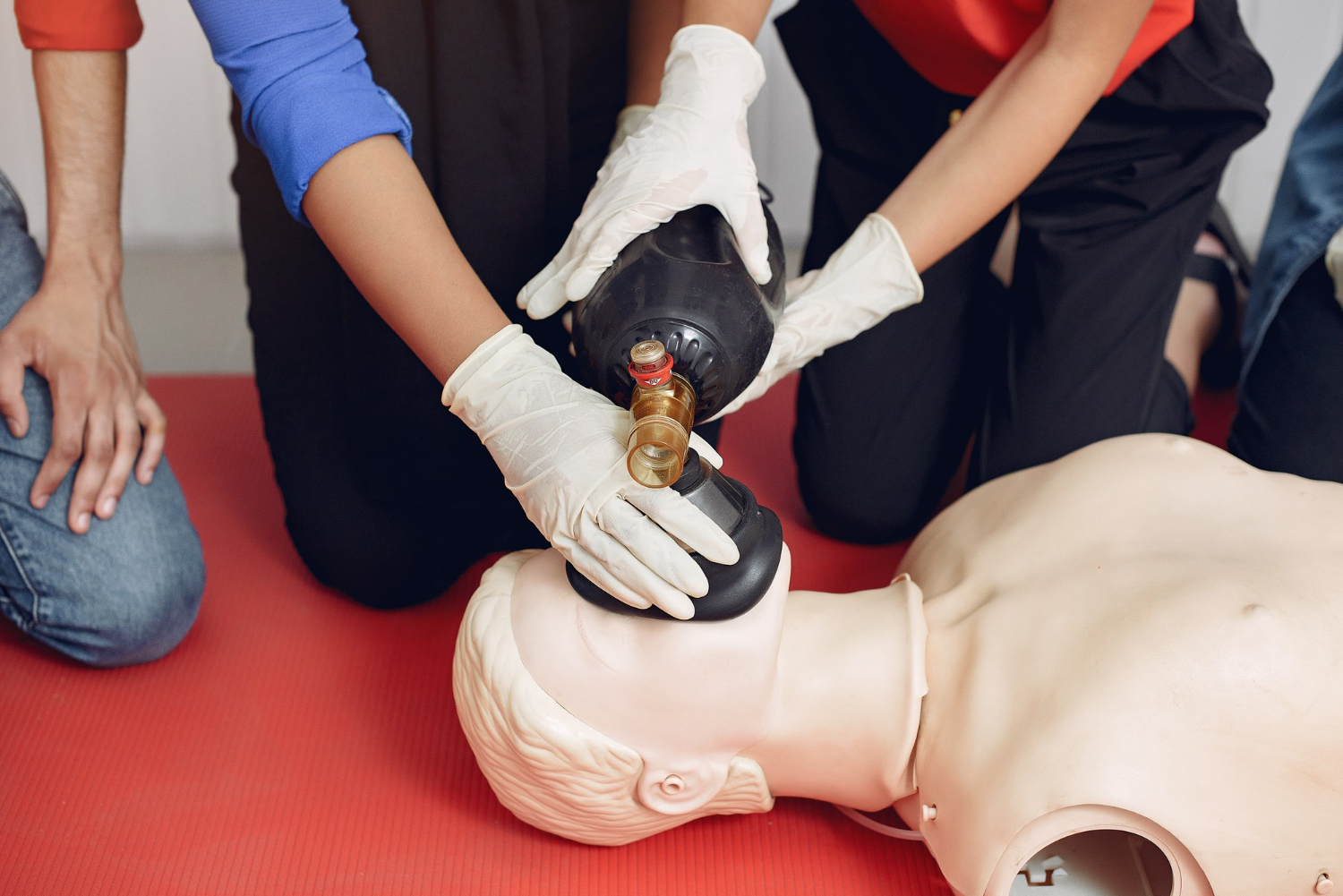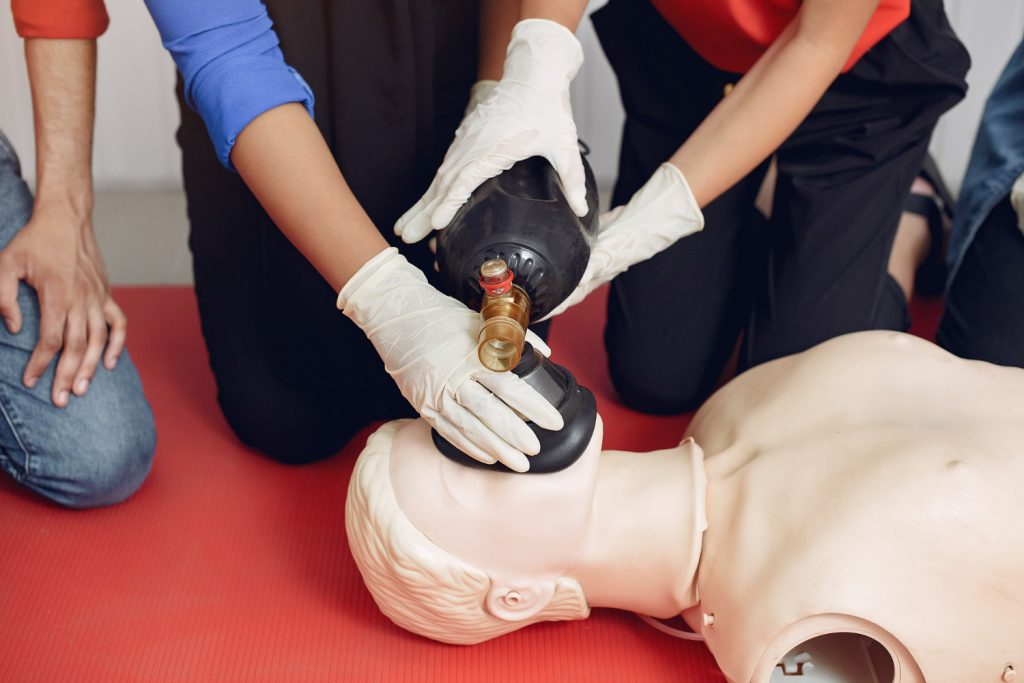CAB In CPR Explained: What Every Rescuer Should Know
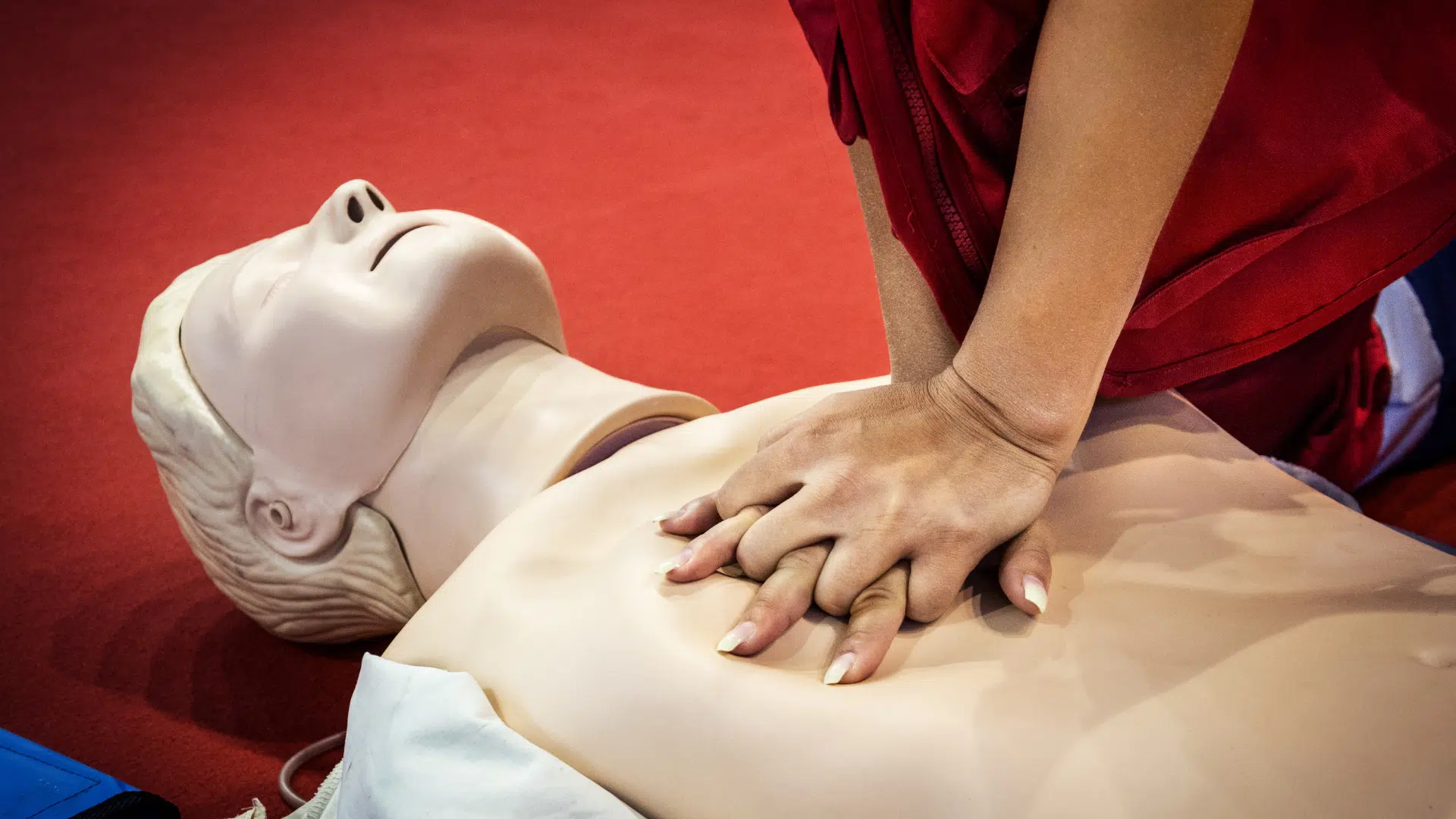
CAB In CPR Explained: What Every Rescuer Should Know
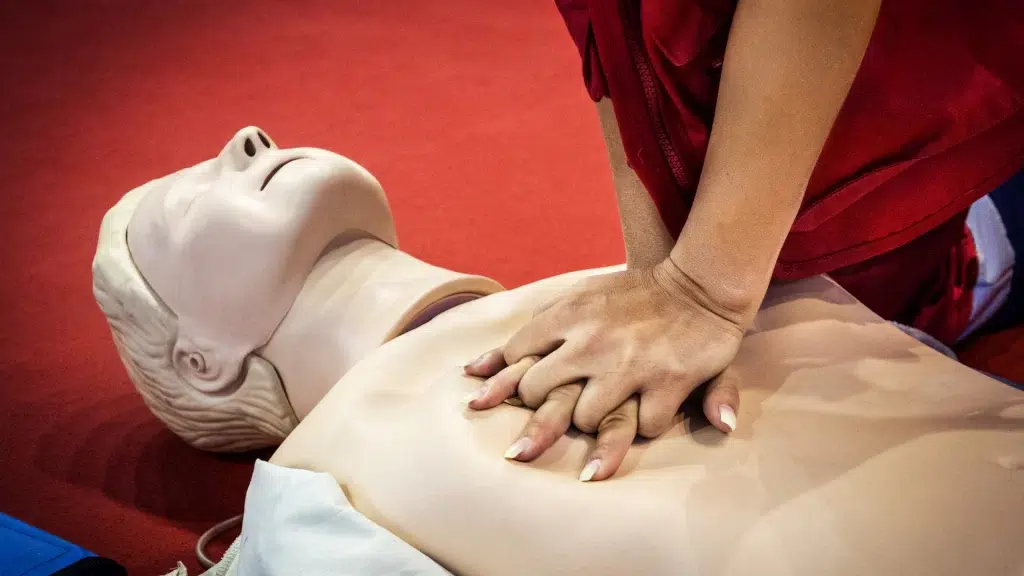
Cardiopulmonary Resuscitation (CPR) is a life-saving technique crucial for emergencies, and among its key components is the CAB approach. If you’re new to CPR or seeking a refresher, this guide will provide you with a comprehensive understanding of CAB in CPR, delving deeper into each aspect to equip you with thorough knowledge.
Understanding CAB in CPR
CAB in CPR, denoting Compressions, Airway, and Breathing, encapsulates the primary sequence endorsed by the American Heart Association (AHA) for performing effective cardiopulmonary resuscitation. This approach distills the complex task of CPR into essential steps aimed at sustaining blood circulation and oxygenation during cardiac arrest, thereby maximizing the chances of survival.
Compressions:
As the foundational step in the CAB sequence, high-quality chest compressions are paramount to CPR success. The rescuer applies firm and consistent pressure to the chest, directly over the heart, in a rhythmic manner. The depth of compressions should approximate at least 2 inches for adults, with a rate ranging between 100 to 120 compressions per minute. Effective compressions generate sufficient blood flow to maintain organ perfusion, making them the cornerstone of resuscitative efforts.
Airway:
Following the initiation of compressions, ensuring an unobstructed airway is imperative for effective ventilation. This entails proactive management to clear any obstructions and optimize airflow into the victim’s lungs. Techniques such as the head tilt-chin lift or jaw thrust maneuver may be employed to open the airway safely, prioritizing the preservation of cervical spine integrity. This step underscores the importance of facilitating unimpeded breathing to sustain oxygenation.
Breathing:
Once the airway is secured, providing rescue breaths becomes the subsequent priority in the CAB sequence. These breaths deliver vital oxygen to the lungs, facilitating gas exchange and enhancing blood oxygenation. In adult CPR, it’s customary to administer two rescue breaths following every W, establishing a rhythm that optimizes oxygen delivery while maintaining effective chest compressions. This synchronized approach maximizes the efficacy of ventilation and perfusion, crucial components of successful resuscitation.
Understanding and proficiently executing the CAB sequence is foundational to CPR competency. By prioritizing compressions to maintain blood circulation, ensuring airway patency, and delivering effective ventilation, responders can significantly improve outcomes for victims of cardiac arrest. Through continuous training and refinement of skills, individuals can enhance their readiness to act decisively in emergency situations, potentially saving lives and making a lasting impact on their communities.
Significance of the CAB Approach
The evolution from the traditional ABC (Airway, Breathing, Compressions) approach to the CAB sequence represents a significant advancement in CPR methodology, grounded in empirical evidence and aimed at optimizing patient outcomes. The rationale behind this paradigm shift lies in the recognition of the critical role of immediate chest compressions in maintaining vital blood flow during cardiac arrest.
By prioritizing compressions first, the CAB approach capitalizes on the body’s existing oxygen reserves, circulating oxygenated blood to vital organs and tissues without delay. This proactive measure addresses the core objective of CPR: to sustain perfusion and oxygenation to the brain and heart, thereby increasing the likelihood of survival.
Recent research has provided compelling support for the CAB approach, demonstrating its superiority in terms of survival rates and neurological outcomes compared to the traditional ABC sequence. Studies have shown that initiating compressions promptly, without the delay associated with assessing airway and breathing, significantly improves the chances of restoring spontaneous circulation and achieving a positive outcome.
Furthermore, the emphasis on uninterrupted compressions underscores the importance of maintaining a consistent and effective rhythm throughout the resuscitation process.
Interruptions, even for brief periods, can compromise blood flow and diminish the efficacy of CPR. By prioritizing compressions and minimizing interruptions, the CAB approach optimizes the delivery of critical interventions during the crucial early stages of cardiac arrest management.
Understanding and implementing the CAB approach is not merely a procedural change; it represents a strategic adaptation informed by robust scientific evidence. By aligning CPR protocols with the physiological principles of circulation and oxygenation, the CAB approach empowers responders to deliver timely and effective interventions that can mean the difference between life and death.
In essence, embracing the CAB approach signifies a commitment to evidence-based practice and continuous improvement in the field of resuscitation medicine. By integrating the latest research findings into CPR training programs, educators and healthcare providers can ensure that responders are equipped with the knowledge and skills to maximize the chances of survival for individuals experiencing cardiac arrest. It’s not just about performing CPR; it’s about performing it optimally, with precision, purpose, and the potential to save lives.
FAQs (Frequently Asked Questions)
1. What is the CAB approach in CPR, and why is it important?
The CAB approach in CPR stands for Compressions, Airway, and Breathing. It is a recommended sequence for performing CPR endorsed by the American Heart Association (AHA). This approach prioritizes immediate chest compressions to maintain blood circulation, followed by ensuring an open airway and providing rescue breaths. It’s essential because it optimizes the delivery of vital oxygen to the brain and heart during cardiac arrest, significantly improving the chances of survival.
2. How do I know if I'm performing high-quality chest compressions?
High-quality chest compressions are characterized by adequate depth, proper rate, and minimal interruptions. To ensure you’re performing them effectively, aim for a compression depth of at least 2 inches for adults and maintain a rate between 100 to 120 compressions per minute. Additionally, strive to minimize interruptions in compressions to sustain blood flow consistently.
3. What should I do if the victim's airway is obstructed during CPR?
If you encounter an obstructed airway during CPR, it’s crucial to act promptly to clear the obstruction and restore airflow. Techniques such as the head tilt-chin lift or jaw thrust maneuver can be employed to open the airway safely. Carefully remove any visible obstructions, and if necessary, perform abdominal thrusts or back blows to dislodge foreign objects obstructing the airway.
4. How many rescue breaths should I provide during CPR, and when should I administer them?
In adult CPR, it’s customary to provide two rescue breaths following every 30 chest compressions. This synchronized rhythm ensures a balance between chest compressions and ventilation, optimizing oxygen delivery to the lungs and bloodstream. Administer rescue breaths by creating a seal over the victim’s mouth or nose and delivering gentle breaths to inflate the lungs.
5. Where can I receive certified CPR training to learn more about the CAB approach?
To gain comprehensive knowledge and practical skills in CPR, including the CAB approach, consider enrolling in certified CPR classes offered by reputable training providers. Look for courses endorsed by organizations like the American Heart Association (AHA), which cover topics such as Basic Life Support (BLS), CPR, AED operation, and First Aid essentials. These courses typically include hands-on training and certification upon completion, equipping you with the expertise to respond effectively in emergency situations.
In Summary
The CAB approach in CPR – Compressions, Airway, and Breathing – stands as a cornerstone of life-saving interventions during emergencies. Understanding and adeptly implementing this sequence can make a profound difference in the outcome of cardiac arrest situations. Prioritizing compressions, as emphasized in the CAB approach, has been shown to significantly improve the chances of survival, underscoring its critical importance in CPR protocols.
Enrolling in certified CPR classes is not just a proactive step; it’s an investment in preparedness and proficiency that can prove invaluable in moments of crisis. Through these courses, participants gain not only the theoretical knowledge but also the practical skills and confidence necessary to respond effectively and confidently when every second counts.
For those seeking more comprehensive training in CPR, Basic Life Support (BLS), Automated External Defibrillator (AED) operation, and First Aid, our CPR & First Aid Classes offer tailored programs designed to equip individuals with a diverse range of life-saving skills.
Remember, your preparedness could make all the difference in a life-or-death situation. By understanding and implementing the CAB approach in CPR, you’re not only honing your CPR skills but also potentially becoming a lifeline for someone in need. Stay informed, stay prepared, and be ready to be a hero when the moment calls.
The journey from understanding the CAB sequence to executing it with precision is more than just a series of steps; it’s a journey toward becoming a competent and effective first responder. Through continuous learning and practice, you can play a pivotal role in saving lives and making a positive impact in your community.
AHA BLS CPR & AED Classes
About Author:
admin
Recent Posts
- Infant CPR Classes in Washington DC: Lifesaving Skills for Your Child
- Why the American Heart Association Defines CPR Training
- CPR vs BLS in Washington DC: What’s the Difference and Which Do You Need?
- Where to Take CPR Classes in Washington DC: Best Local Training Options
- Are CPR Classes Hard to Pass in Washington DC? What You Need to Know

